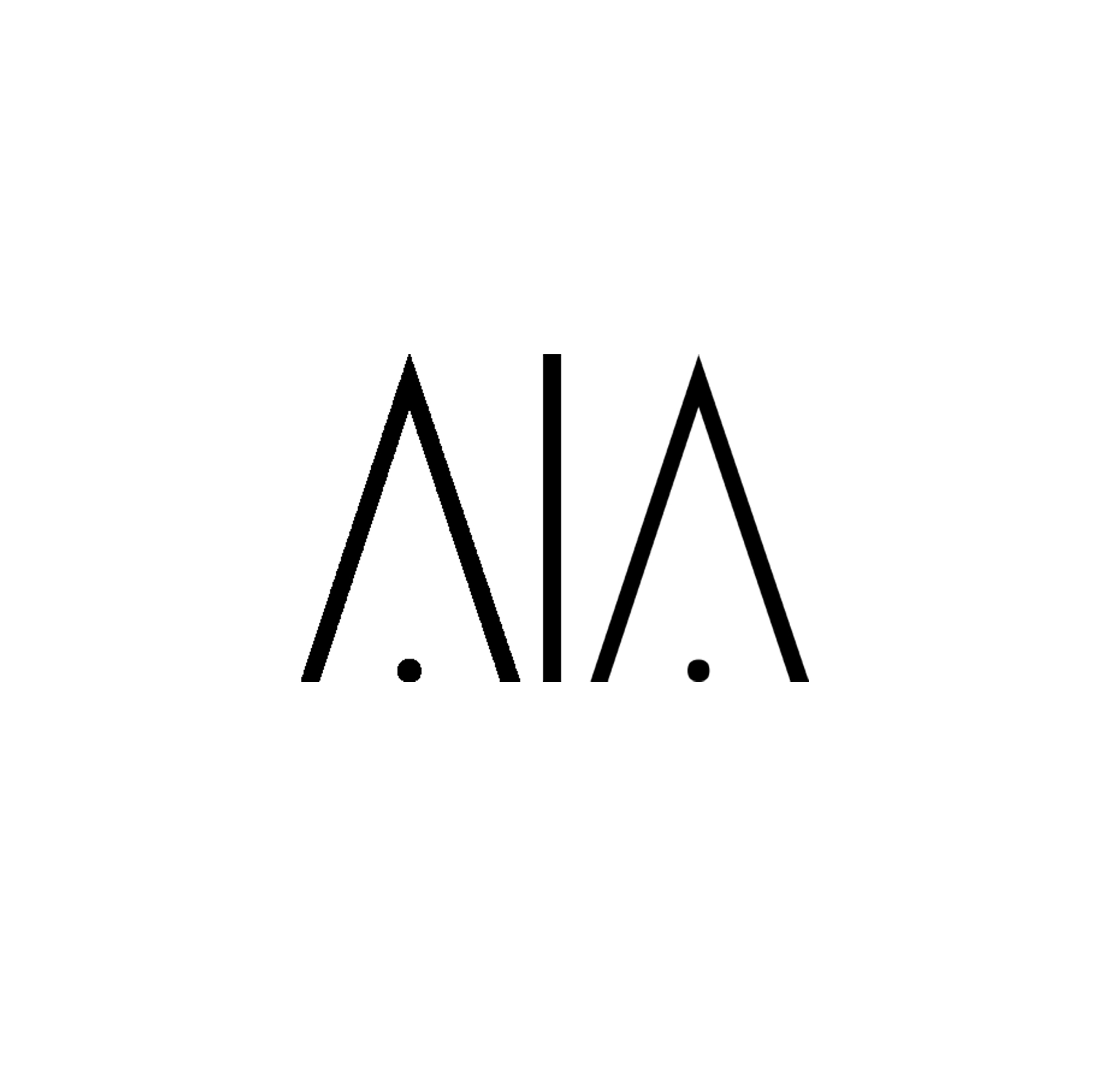The Arts in Danger: A Fallacy
Why do we rely on broken funding models in the arts? Why do we skip over the fact that ‘culture’ is one thing and those that make up the ‘cultural sector’ are another? Why do we still allow organisations to monopolise space and resources? How disconnected are our institutions from reality? Why are we still so poor at transnational collaboration? Why are we still attempting to use inaccurate, inappropriate numerical data to justify the value of the arts?
Possibly the biggest problem of the arts and culture sector is the neoliberal system it exists within.
We talk about the sector but don’t talk about the people within it and on the periphery, the human experience. We don’t talk about the people who face exclusion by inclusion, or who never had access to the conversation in the first place. Why are we vulnerable and in danger in the first place? Why do we wait and hope the system that led us here will fix itself?
We, as a sector, have long relied on public subsidy to sustain us. Then we fold as it becomes systematically dissipated in cyclical manner. When it comes to artists and those who have been educated (formally or otherwise) in creative ways, it becomes difficult to accept the current systems imposed on citizens. The state doesn’t want citizens to challenge these systems. The state doesn’t want to support critical and radical thinking that would undermine the power structures that currently uphold it. Why on earth would the state adequately fund the arts?
It is an oversimplification to identify money as the sole issue in sustaining our sector. “If I change what I programme, I could get money. I could fit the boxes. I could put some sculpture in the lobby that loads of people want to take selfies with. I could do loads of things. We don’t simply have a money issue. We are fighting food trucks and DJs. We are fighting the assumption that this is what culture is; that this is a cultural experience and that this is enough,” says Nayse López, journalist, curator and director of the Panorama Festival in Brazil. "These are political decisions."
It is imperative we must be ready to go far beyond the models we're familiar with. The danger lies in this mindset that we cannot, or that we aren't prepared for it. The complexity lies in understanding and being direct about the kind of culture we want to support and then being bold in our ambitions to reach it.
Being an art creator comes with the blessing and burden of putting something in the world that wasn’t there before, of having a conversation that contributes something new to the world. But in times of political and financial restraint, in times of censorship, social injustice and a crisis of morality, we are being stifled in our capacities. We are being stifled – and even exploited – in our labour and critical conditions, surrounded by institutions with no care to change systems they benefit from.
Of course, there is another issue of conflating the creative industries when it comes to value and knowledge. The way we sell knowledge in the arts is not the way knowledge is acquired or translated across the creative industries, like in gaming, design or creative technology, for example. Never beyond this. If we expect other sectors, or economists or businesses to solve the issues within the arts, our field cannot survive.
We cannot afford to adapt and adjust to a system that was never designed for us to have an equitable stake in the first place. Speaking about the arts in danger implies there is only a temporary problem at play. It masks the systemic inequalities that are actually at the crux of our field and daily lives. We shouldn’t be adjusting to the system. We should be fighting it. We should change it. We should be more honest than we have claimed to be.
It’s not the arts that’s in danger. It’s us.
A reflection inspired by Nayse Lopez at IETM - Spring Plenary Meeting 'Other Centres: Paths, Perspectives, Practices' in Porto 2018.

